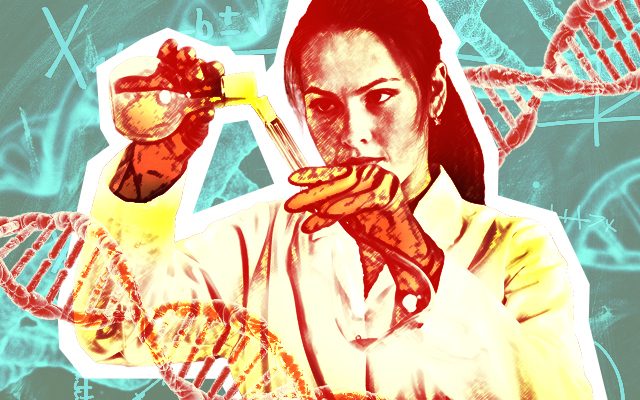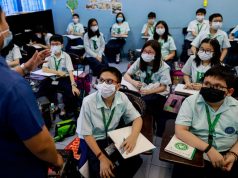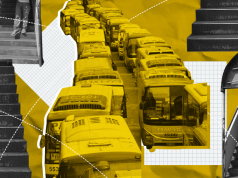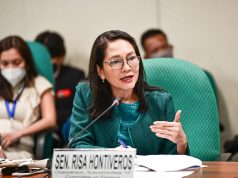
Despite doing well in gender equality rankings, the Philippines is still behind when it comes to the presence of women in science, the United Nations Educational, Scientific and Cultural Organization said.
In the Philippines, the UNESCO director of Regional Science Bureau for Asia and the Pacific went to the roots of the problem: much of the population, especially women, do not have access to quality education to even be interested in science.
For Australian climatologist Shahbaz Khan, education is the real challenge today.
“The challenge is not the quantity of education, but the quality of education in the Philippines,” Khan said.
Even if there are female scientists in the country, L’Oreal Philippines, UNESCO’s partner, emphasized that it’s still a long way to go in closing the gender gap.
“Much progress has been made, but there is still a long way to go to close the gap between men and women in the field of science,” said Carmel Valencia, L’Oreal Philippines corporate communications manager.
The UNESCO-L’Oreal Foundation put up the Women in Science Awards to fuel discussions on the lack of female working professionals in the field of science, technology, engineering and mathematics.
Dearth in girl power hurting progress
Khan explained how women, particularly in the Philippines, are important in achieving the United Nations Sustainable Development Goals.
“In the Philippines, we should have a special policy paper of the role of women for the SDG’s to change the Philippines to be a leader in the world,” he said.
In September 2015, world leaders agreed to the UN’s 2030 Agenda for Sustainable Development with a specific set of 17 goals to be achieved in the next 15 years.
But the goals are hampered by factors that prevent women to play a larger role.
Khan discussed a “leaky pipeline” of female researchers worldwide based on the 2013 UNESCO Science Report, from which only 23% of women who graduate became researchers in Southeast Asia.
“There are many leaks in the pipeline – from stereotypes encountered by girls to the family-caring responsibilities and bias women may face when choosing a career,” the UNESCO Institute of Statistics said.
L’Oreal Country Managing Director Thibault de Saint Victor said that there has been a decline in the number of Filipino women entering the STEM sector in recent years.
He said that according to UNESCO, there are only 189 researchers for every 1 million Filipinos, which did not meet what the agency recommended.
Data from the Commission on Higher Education also showed that only 29.3% who enroll in technology and engineering courses in 2016-2017 are females.
“The world won’t be able to achieve the SDG’s unless we empower women scientists and engineers,” Khan said.
The same year as the SDG commitment began, UNESCO launched a project with the Department of Education to help female victims of Typhoon Yolanda improve their quality of education.
The Philippines has a relatively narrow gender gap being ranked in the 10th spot or 79 percent among 144 countries of the World Economic Forum Gender Gap Report Index.
“There’s still much we can do to accelerate the advancement of women scientists in the Philippines,” Saint Victor said.
Advice from the scientists
The winner of the research grant from L’Oreal-UNESCO advised young women or students who wish to become scientists one day to look at challenges as opportunities for growth.
“It’s usually in the most difficult times that you really learn a lot,” said Dr. Charissa Ferrera, the FWIS national fellow in 2018.
This was echoed by Dr. Reiko Kuroda, the global laureate for Asia/Pacific in 2013.
“Tough times bring opportunity,” Kuroda said when she discussed her journey to becoming a female scientist in Japan.









